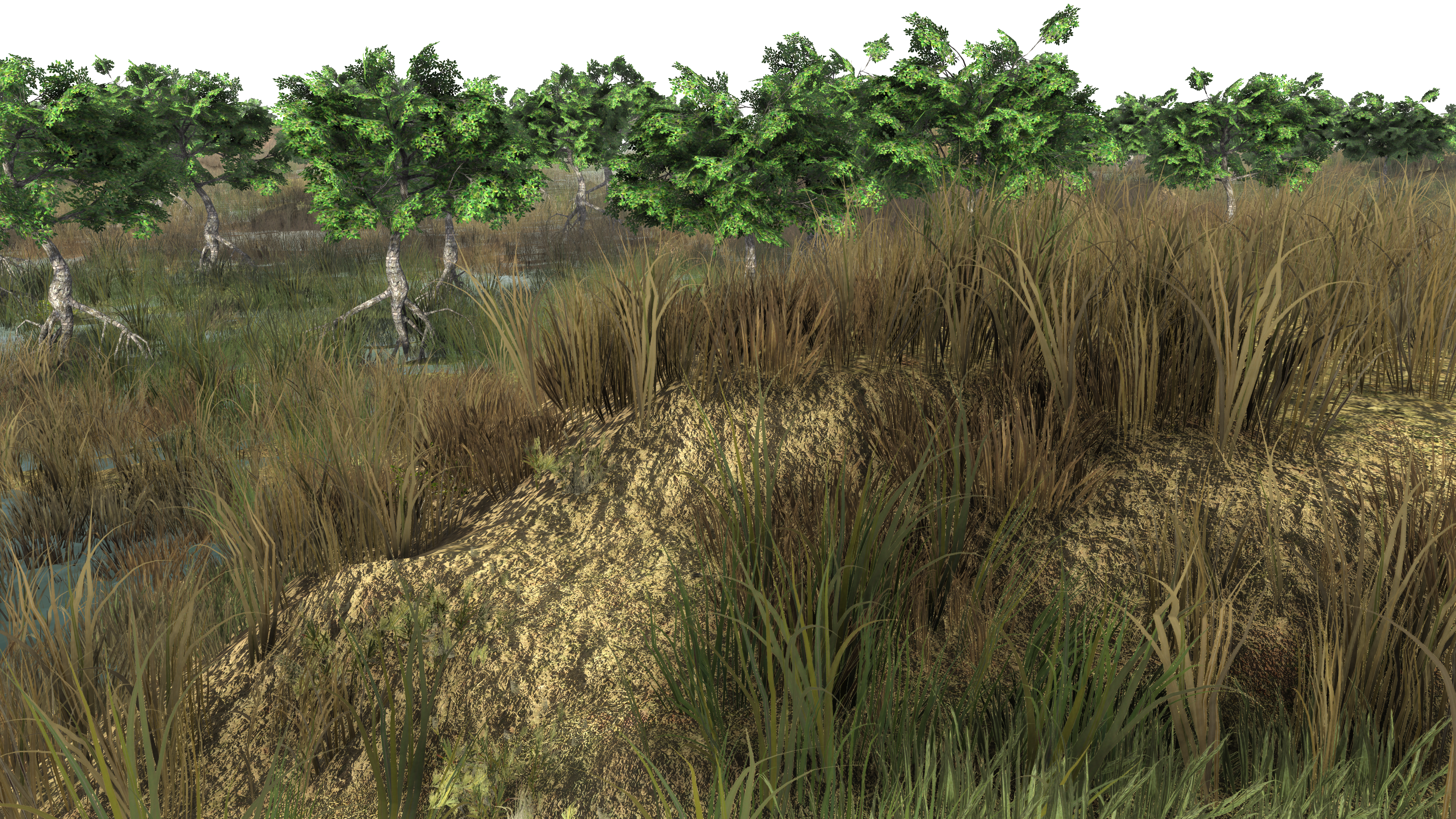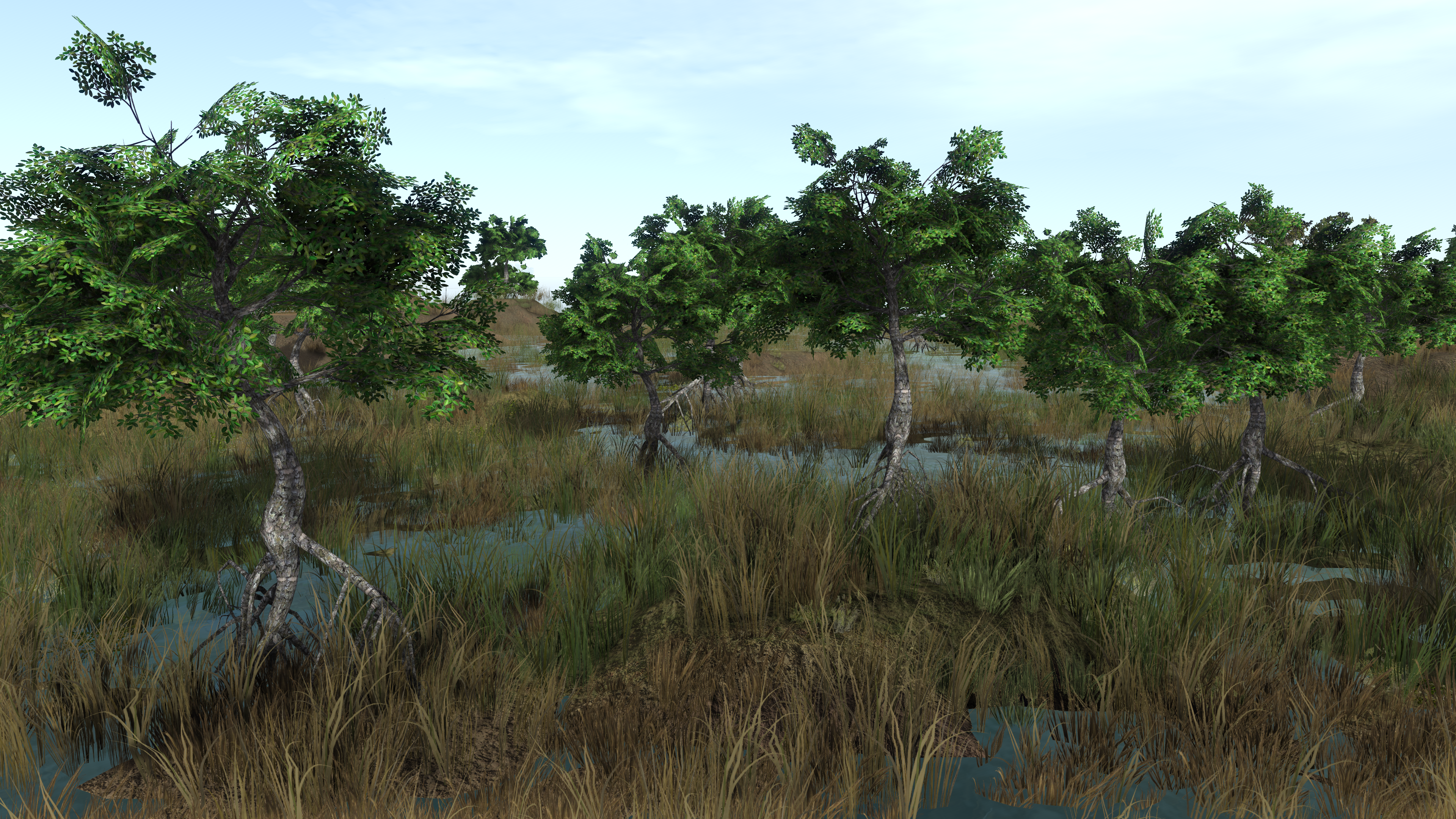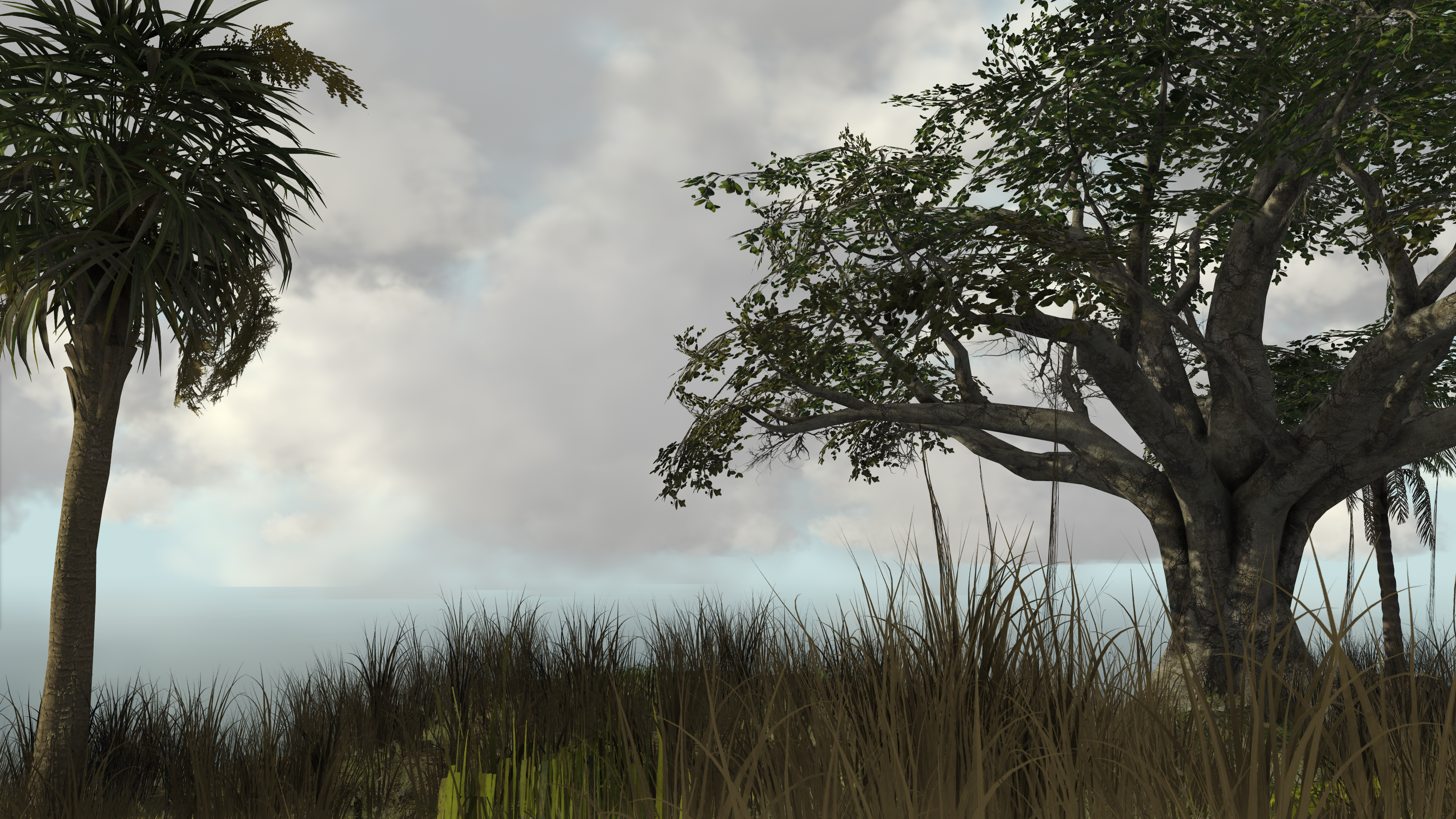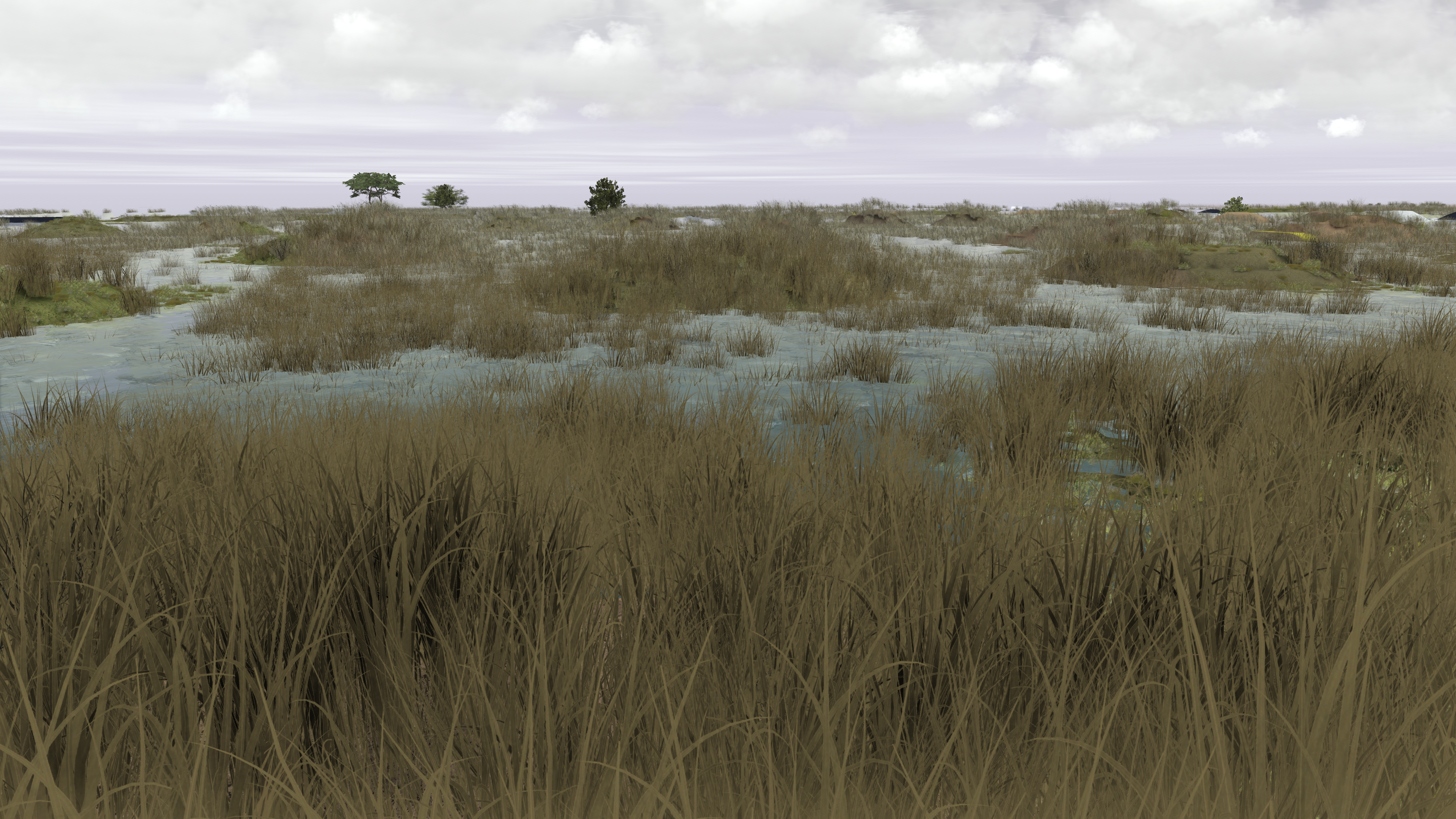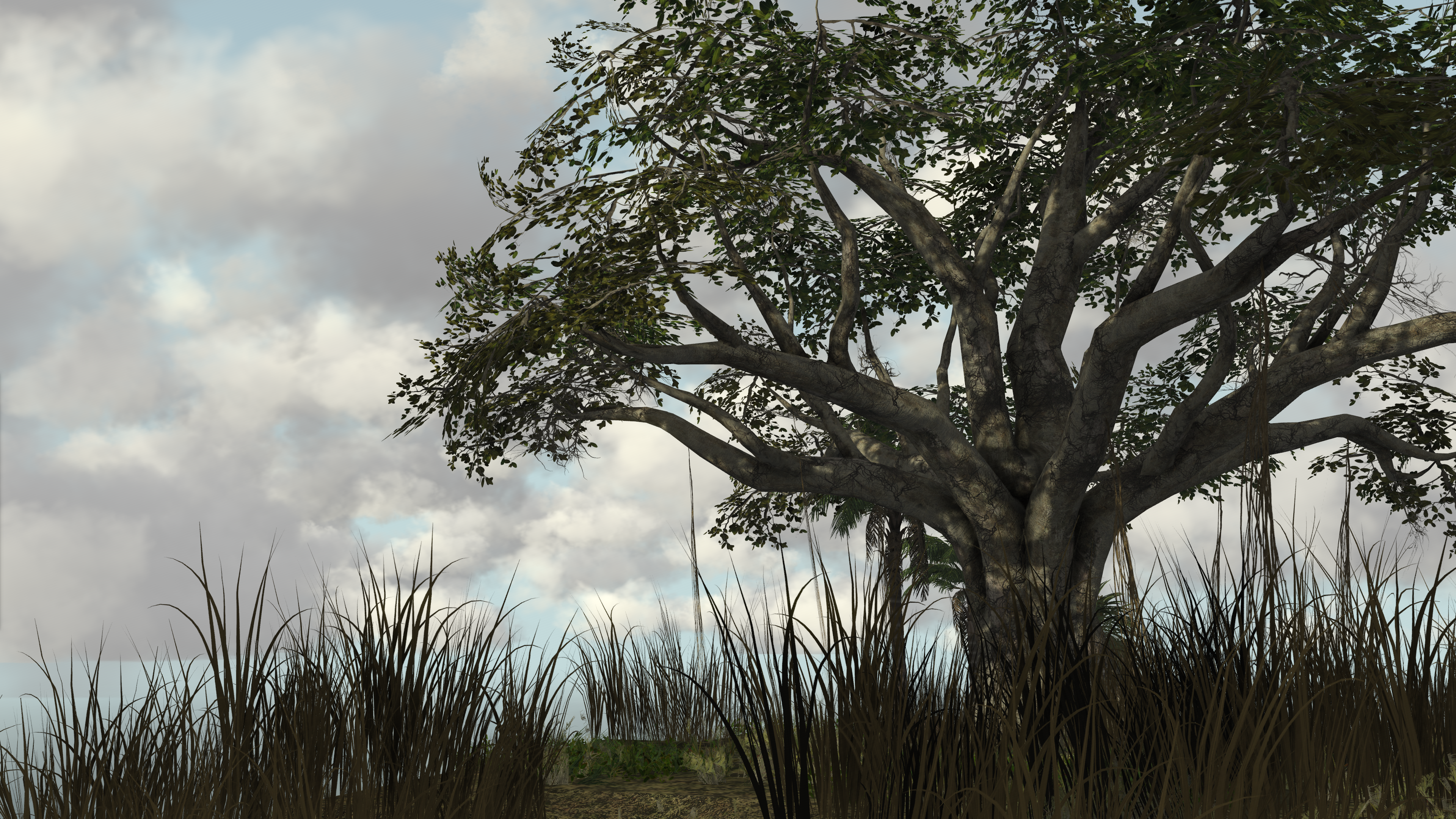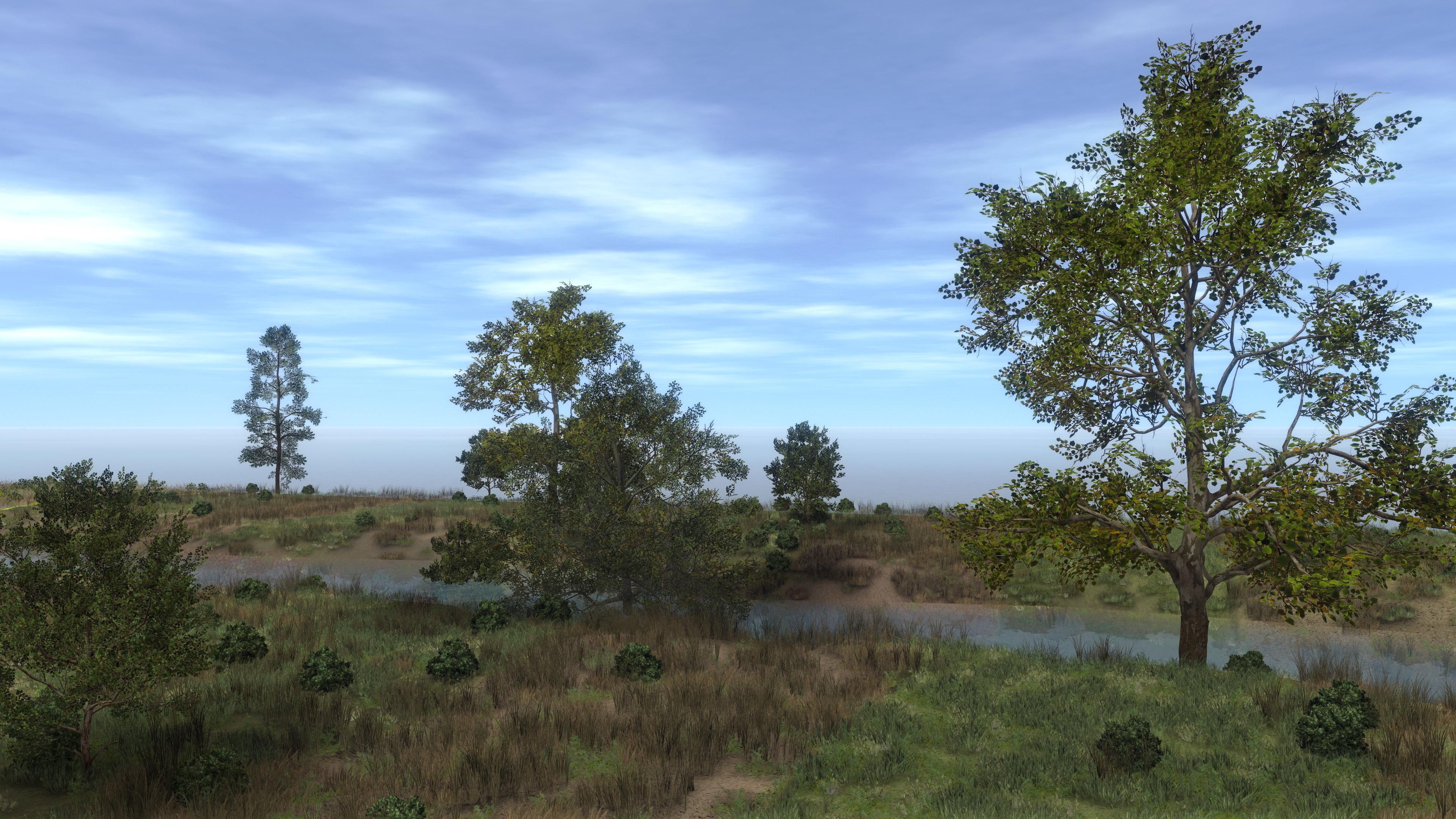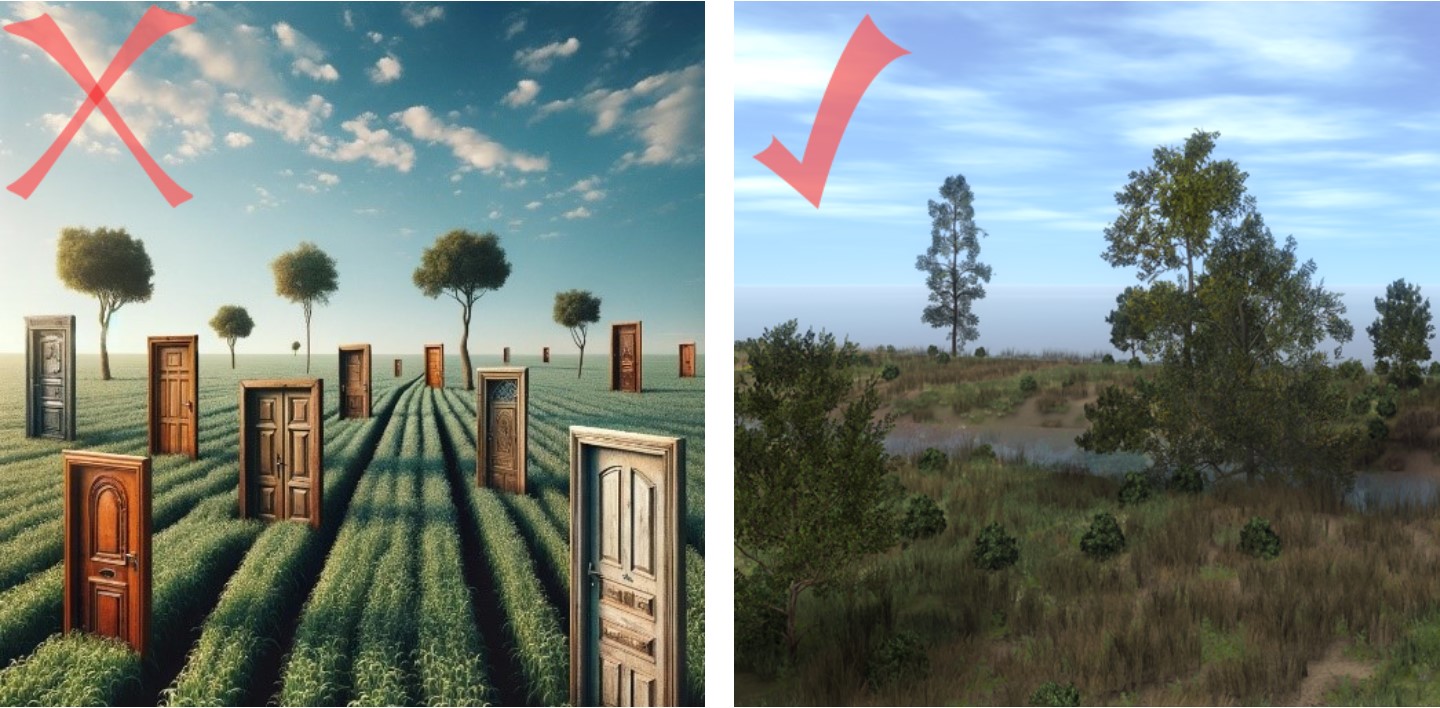
Vegetation in the MAK Earth Terrain Engine!
Why Generative AI is worse than Procedural Generation — because sometimes you don’t want machines to “think”, you want them to do what they’re told.
This is the story of MAK ONE’s ability to generate deterministic terrain vegetation over the entire planet.
There is a lot of buzz these days over the use of Generative AI to create all sorts of things – text, images, even 3d worlds. Generative AI uses large language models (LLMS), Generative Adversarial Networks (GANS), and transformers to generate seemingly infinite detail from very short prompts. The results can be stunning, but alas, often not realistic and deterministic.
In distributed modeling & simulation applications realism and determinism are important characteristics. The ability to generate vegetation across the entire planet in amazingly high detail that is realistic and the same for each run of the simulation – and each participant of the simulation – is critical. This is why MAK has committed to procedural terrain generation for the past decade.
The 2024 release of the MAK ONE simulation and visualization applications all feature a major update of the MAK Earth terrain engine that improves our procedural techniques to bring you the next level of realism and biodiversity. These techniques are deterministic and they don't hallucinate — every tree and blade of grass is in the same place in each simulation and image generator, every time.
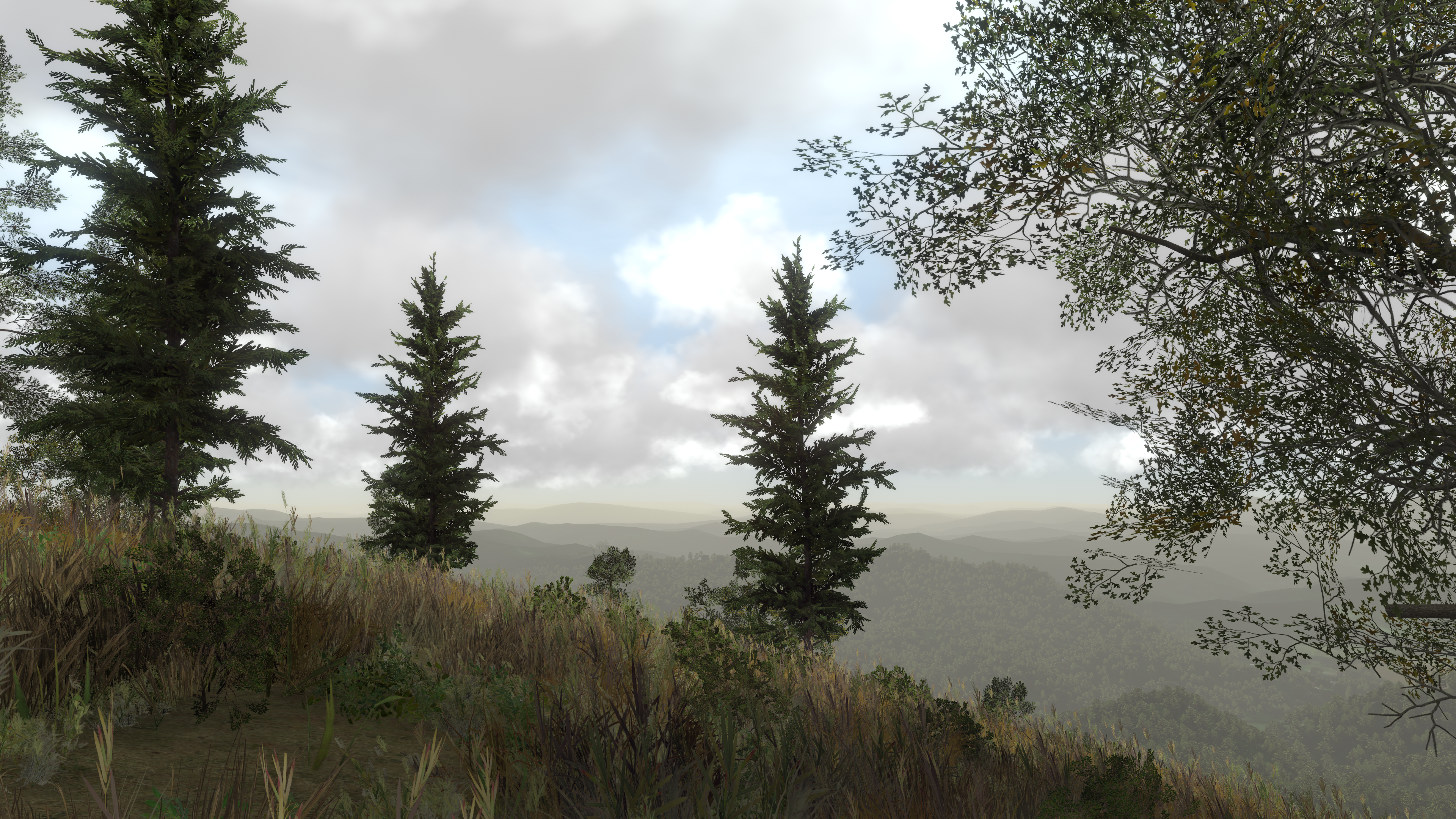
How it works
The procedurally generated vegetation within the MAK Earth terrain engine serves as the foundation for rendering the natural environment, with assets and configurations that work out of the box yet can be easily tailored and expanded. The process starts with land cover datasets and combines these with new data structures, including the LifeMap and biomes, to select which textures and models are used and how they are rendered for each specific geographic location. The result is a dense layer of vegetation models and ground textures that complement the imagery, elevation, and other models used to represent your specific synthetic environment.
The LifeMap is the primary mechanism that determines the amount and type of vegetation cover for an area. It defines Lush, Rugged, and Dense values for a location as well as the soil type value used by the VR-Forces Simulation engine. These values are used to select and combine the procedural imagery and models for each location. The final imagery blends textures from overlay and substrate texture lists generating many distinct results from a small number of individual files. The textures provide the attributes needed for Physically Based Rendering (PBR) such as roughness, which adds depth to the resulting procedural surface rather than just a flat picture. The LifeMap values also select the specific ground cover models used. Models are organized as trees, bushes, and undergrowth groups. Specific models are chosen based on the Lush value and grouped by how dense the vegetation is at that location.
Each ground cover asset is a combination of an imposter (top and side billboards) and a 3D model. Each asset will transition between the 3D model and imposter, which provides the benefit of having the 3D model when nearby, without having a large impact on performance for densely vegetated areas when viewed from a distance. Model and imposter textures also support PBR and are affected by wind direction and speed, providing an additional level of realism.
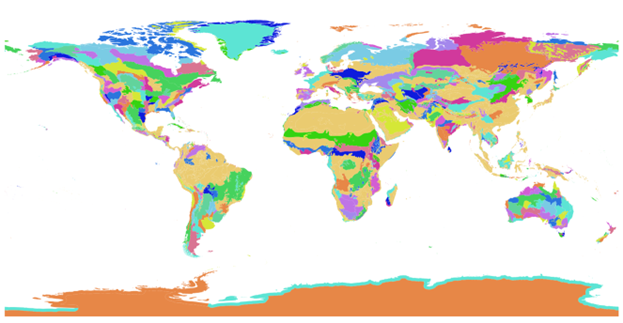
The biome is what enables location-specific sets of vegetation. The MAK Earth terrain engine uses a hierarchal definition developed by the Nature Conservancy / World Wildlife Fund. This schema defines a global representation comprised of major habitat types (MHTs), realms, and ecoregions. Asset lists can be defined for each level of the hierarchy and the list will default to higher levels if not defined for the lower levels. So, we can define geospecific lists of assets for individual ecoregions, enabling ground cover that more closely matches the expectations for someone in that area. We can also have lists for each MHT to ensure global coverage with reasonable vegetation for that type, where not defined in the realm or ecoregion. This approach enables seamless support for different vegetation anywhere in world. Each biome is a pageable subset of vegetation models, so only those needed are resident in memory and biomes will page in and out as needed as you move through the simulated environment.
Procedurally generative vegetation is a next-generation capability, providing better visual scenes, improved memory management, and enhanced configuration to better represent the natural environment in your simulated world.
